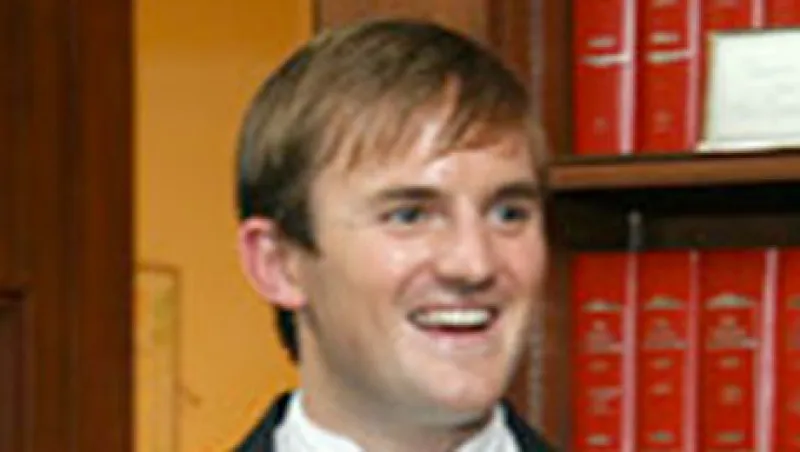The first half was pretty tough on hedge funds in general. The HFRI Fund Weighted Composite gained just 1.7 percent during the six-month period.
This was much worse than the widely followed indexes; in the first half, the S&P 500 posted an 8.3 percent gain, Nasdaq Composite, 12.7 percent and Dow Industrials, 5.4 percent.
Even so, a number of hedge funds were able to post double-digit gains, while others performed roughly in line with the indexes.
Chase Coleman's Tiger Global appears to remain the top performing sizable hedge fund firm — that is, with more than $1 billion under management — through the first half of the year. The Tiger Cub’s Tiger Global fund posted an 18 percent return in large part on the strength of Internet stocks and some shrewd shorting, even after losing a small amount in June.
However, several other managers performed nearly as well.
For example, Michael Hintze’s CQS Directional Opportunities fund generated a 17.4 percent return after enjoying a 3.9 percent gain in June. According to investor sources, the credit fund benefited from a combination of long and short "idiosyncratic" selections as well as from general credit spread tightening.
The CQS Diversified fund, on the other hand, posted a 5.7 percent gain in the first half.
David Tepper’s Palomino fund was up 14 percent in the first half. Investors say the eclectic hedgie — a closet macro manager — did a good job of moving his book around. He was long stocks earlier in the year on the strength of the European Central Bank’s long term refinancing operation (LTRO). However, when the global markets retreated in the second half, he first deftly raised cash and put on hedges. However, when the S&P 500 dropped to about 1200, Tepper once again went long equities and took off some of his hedges.
At one point, Tepper was said to have moved from 100 percent to 40 percent invested, before taking his entire portfolio back up. Throughout the first six months, Tepper generally did well in commercial mortgage backed securities (CMBS) and with a number of his core stock holdings such as airlines — especially US Airways, which nearly tripled in the first half of the year. Those familiar with his portfolio say Tepper believes the S&P 500 will finish the year around 1400 to 1425, which suggests a small single-digit rise from current levels. He is neither bullish nor bearish, say those familiar with his portfolio.
Several other funds reported double-digit returns in the first half, according to investor sources.
They include Lee Ainslie’s Maverick fund, up 15.10 percent, Ricky Sandler’s Eminence Fund, up 14.65 percent and Lee Cooperman’s Omega Overseas Partners, up 10.90 percent.
A number of other high profile funds performed more or less in line with the widely followed benchmarks.
For example, at Andreas Halvorsen’s Viking Global Investors, the long-only fund posted a 10.8 percent gain. However, the Tiger Cub’s hedge fund, Viking Global Equities, generated a 7 percent return.
Ken Griffin’s Wellington and Kensington funds each gained 8.8 percent in the first half, while his Global Equities fund made 8.25 percent.
Jim Simons’ two institutional funds enjoyed mixed results. Renaissance Institutional Equities Fund (RIEF) continued its recent success, posting a 9 percent gain in the first half. But, his Renaissance Institutional Futures Fund (RIFF) lost 2 percent.
Elsewhere, Autonomy Capital, a $1.7 billion macro fund founded by Robert Gibbins, gained 8 percent. This was very good for macro funds, which mostly struggled in the first half. In fact, the macro funds in HFR’s universe lost 0.6 percent on average in the first half of the year.
Other high profile funds came up short of the averages. Jeffrey Ubben’s ValueAct Capital gained 7 percent for the quarter. Steve Cohen’s SAC Capital gained 5.2 percent.
Several funds lost money, including David Harding’s Winton Futures Fund, which fell 2.60 percent through June 27.







